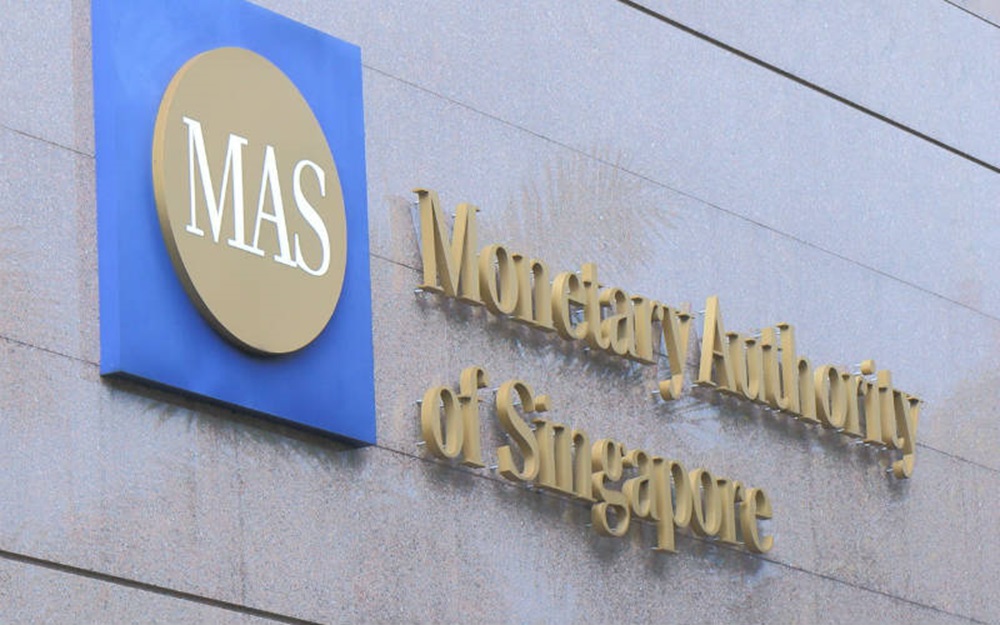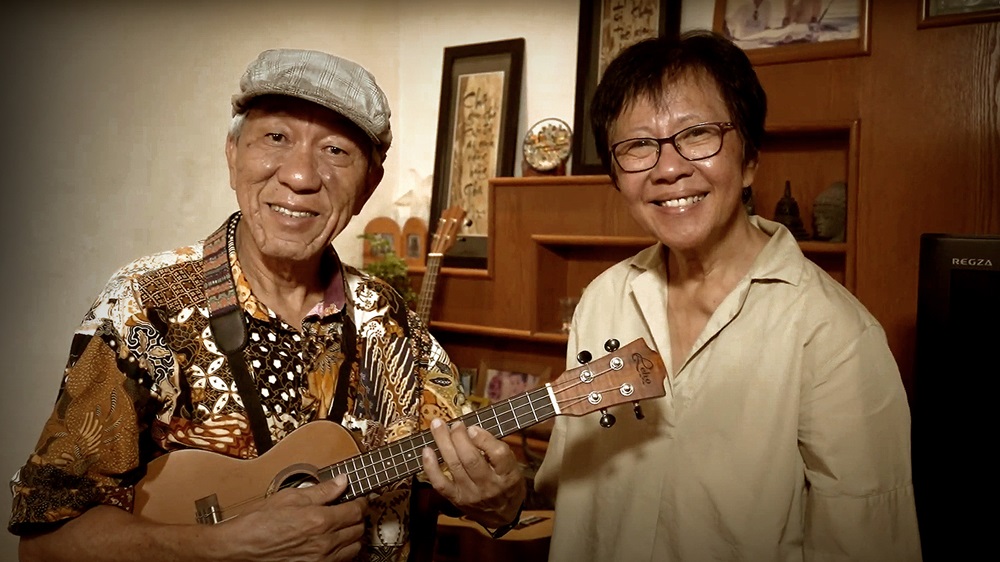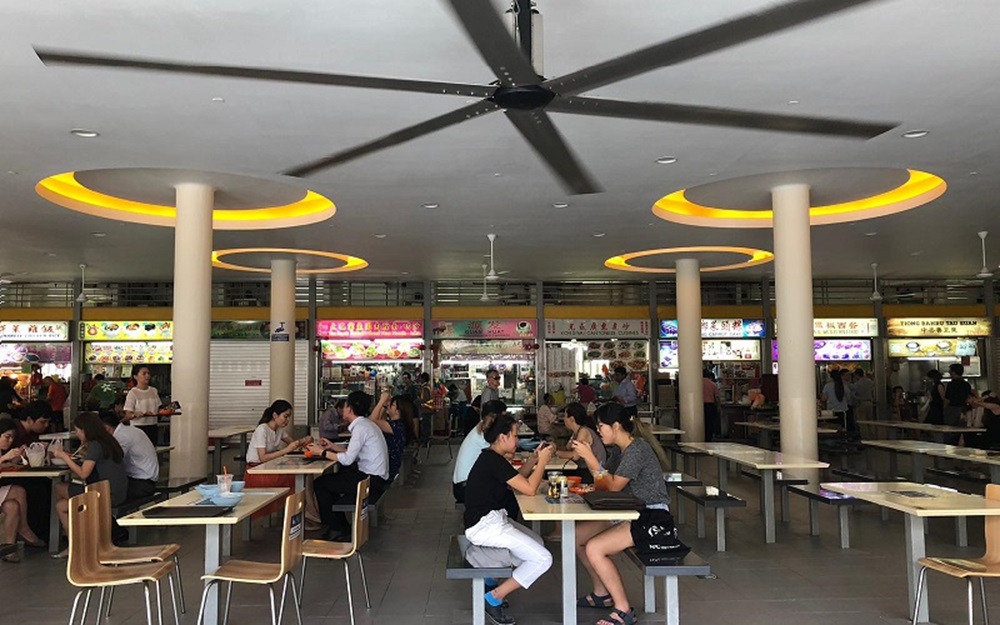
What comes to mind when you think about going to your favourite hawker centre?
Is it the aroma of your favourite local dish? The friendly stallholders? Or just the familiarity of how you’ve frequented the place since your childhood?
If you love hawker food like us, you must have felt #proud when Prime Minister Lee Hsien Loong announced at his 2018 National Day Rally that Singapore’s hawker culture will be nominated for UNESCO’s (United Nations Educational, Scientific and Cultural Organization) Representative List of the Intangible Cultural Heritage of Humanity.
What is this list all about and why does it matter?
According to UNESCO, intangible expressions of our cultural heritage are inherited from our ancestors and passed on to our descendants.
Other characteristics of the list are that they
Are simultaneously traditional and contemporary
Contribute to cultural identity
Transmitted from generation to generation.
So, does our hawker culture have what it takes to be on the list with the likes of Indonesian batik, the Croatian craft of gingerbread-making, and Chinese Calligraphy from China?
We think so! And here’s why.
1. Our community dining rooms
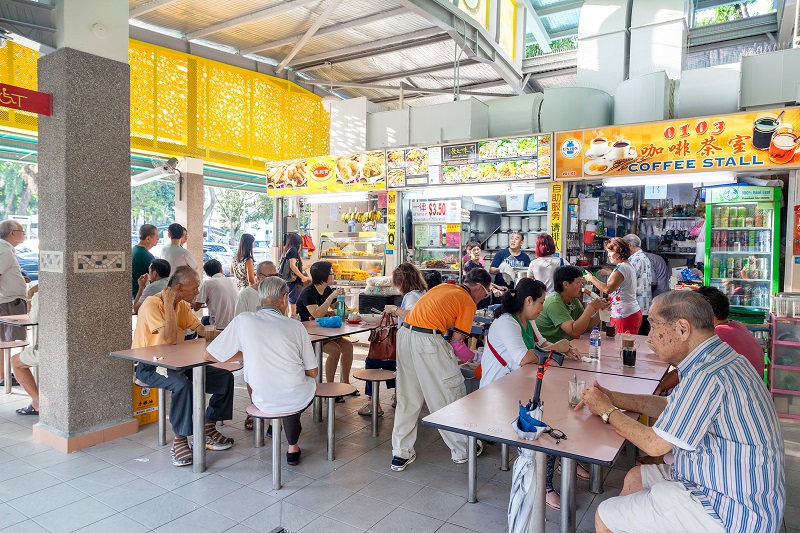
Ask any Singaporean where their favourite food haunt is, and a hawker centre will likely be a common refrain – regardless of whether you are Malay, Chinese or Indian.
And it’s not just because you can enjoy all of Singapore’s multicultural cuisine in one place.
Hawker centres are Singapore’s “community dining rooms” because it’s where Singaporeans, regardless of race and background, can come together at one place to share an affordable plate of satay, carrot cake, or thosai.
2. Our national identity
What do you miss most when you’re away from Singapore from some time? Chances are, it’s the taste (and accessibility) of hawker food.
Indeed, even when you don’t normally yearn to eat Laksa or Nasi Lemak, somehow when you’re overseas and can’t access these foods, you suddenly crave them intensely.
Oh, how you’d wish you could just walk 10 minutes to your neighbourhood hawker centre to have your fill of those local delights!
You’re not alone!
In a 2018 National Heritage Board (NHB) poll of 3,000 people, “food heritage” was voted the most important aspect of Singapore’s intangible cultural heritage.
Similarly, a 2016 survey by the National Environment Agency (NEA) revealed that 90 per cent felt that hawker centres are an important part of Singapore’s identity, while 75% said they visit a hawker centre as least once a week.
There is possibly nothing closer that defines our Singapore identity.
3. Its unique name
Singapore is probably the only place in the world where we string the word hawker with centre. The very name “hawker centre” is an oxymoron; a hawker is typically defined as a person who travels around to peddle his wares.
How did such an unusual marriage of hawkers and a sheltered complex come about?
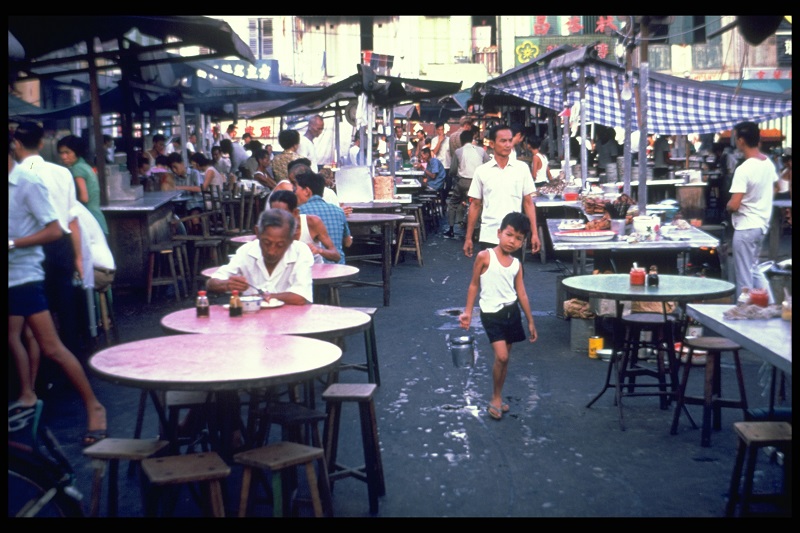
Prior to the 1970s, unlicensed street hawkers sold food on the streets, carrying along the problem of unhygienic food preparation.
Singapore’s first hawker centres were built in the 1970s to resettle them and improve hygiene levels, providing access to amenities such as clean water and proper waste disposal.
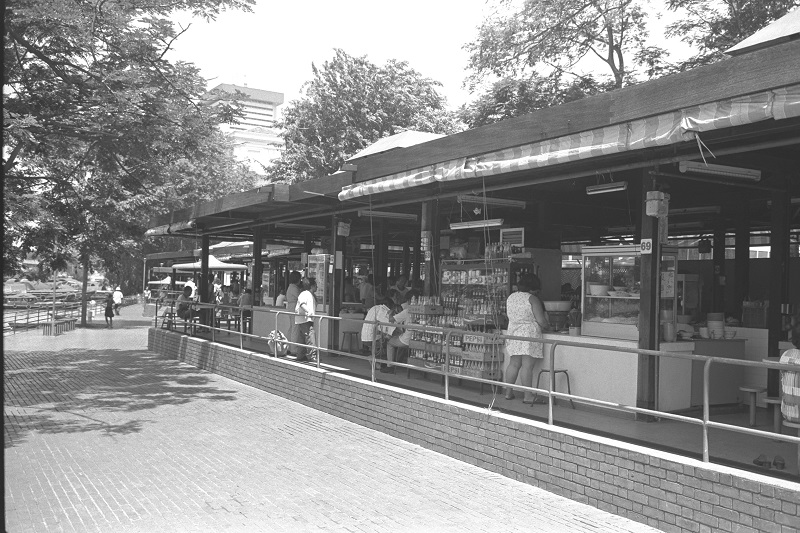
Since then, Singaporeans have been able to enjoy their local delights, under the comfort of a sheltered roof and proper sanitation.
4. Shiok and cheap
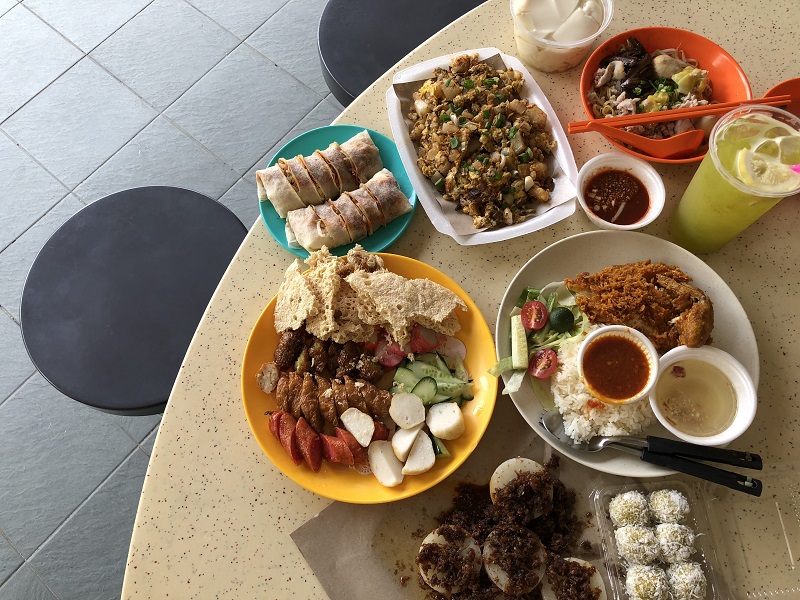
Not only is Singapore’s hawker food well-loved by locals – internationally-renowned food critics, including Gordon Ramsay and the late Anthony Bourdain, have listed Singapore’s food as among their favourites.
While Michelin stars are typically reserved for upmarket restaurants, two of Singapore’s hawkers have bagged a 1 Michelin star each.
Most dishes at hawker centres cost between $3.00 to $4.00. In some of the newer hawker centres, you can even find a dish at $2.80. One of them is even dubbed the “Cheapest Michelin Star Meal In The World”.
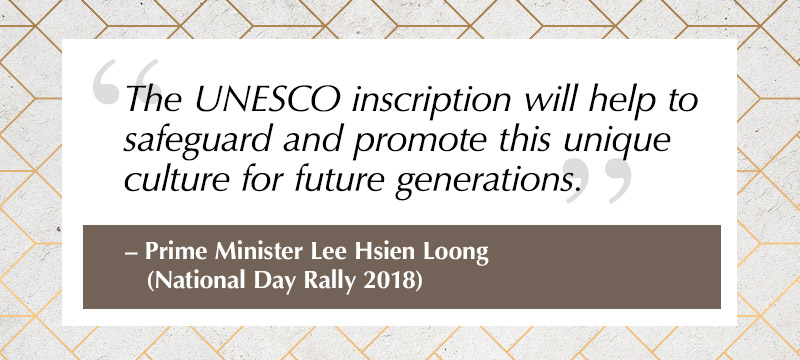
As PM Lee said at National Day Rally 2018, putting hawker culture on the list will help to safeguard and promote this unique culture for future generations. It will also “let the world know about our local food and multicultural heritage”.
Are there other reasons why you love our Singapore hawker culture? Share with us at https://www.oursgheritage.sg/ and support our UNESCO bid!
RELATED ARTICLES
We use cookies to tailor your browsing experience. By continuing to use Gov.sg, you accept our use of cookies. To decline cookies at any time, you may adjust your browser settings. Find out more about your cookie preferences here .









